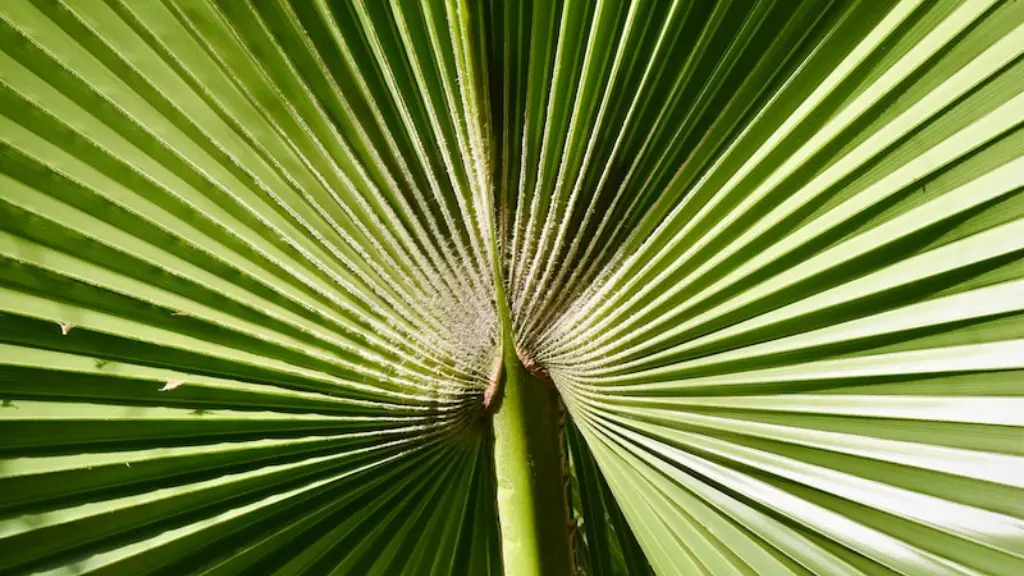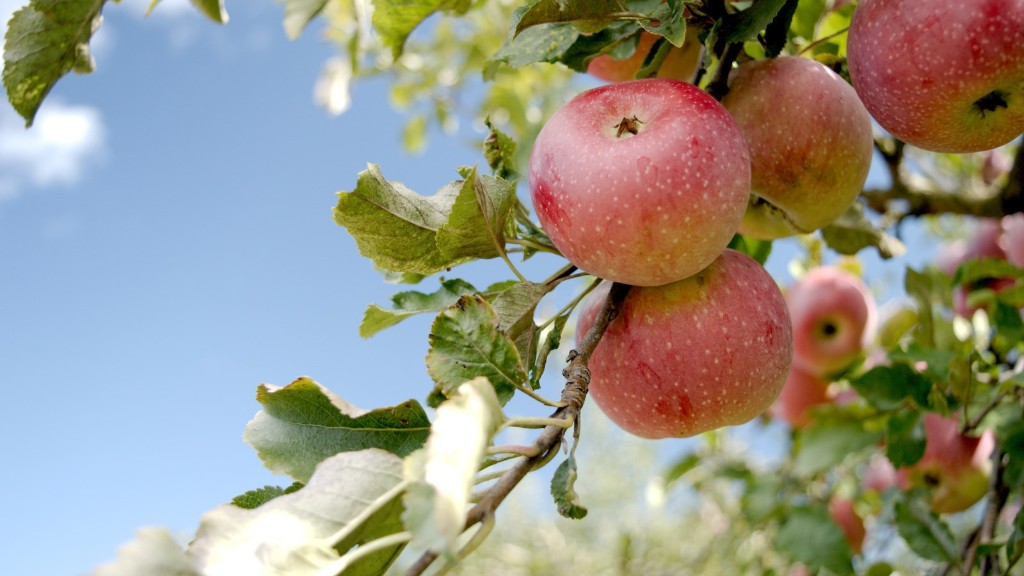One of the most common questions about palm trees is how long they will live and how long it will take for them to reach full size. The simple answer is that most palms will live for decades if they are given the proper care, and some will even grow to be over 100 years old! It takes anywhere from 3 to 20 years for most palm trees to reach full size, depending on the species. So, if you are looking for a long-lived tree to add to your landscape, a palm tree may be the perfect choice!
There is no one definitive answer to this question as different palm trees can grow at different rates. However, on average, palm trees can grow anywhere between 15 and 30 feet tall.
How quickly does a palm tree grow?
Different palm trees have different growth rates, with some growing as much as 2 to 3-feet per year, while others taking several years to reach their peak of only five feet. So, when choosing a palm tree for your home or garden, be sure to research the species to ensure that it will fit your needs in terms of growth rate.
Palm trees have relatively short lifespans. The areca palm has a fairly short lifespan of 40 to 50 years, while the popular coconut palm lives between 70 and 100 years, and most date palms hang on for 100 to 120 years. The date palm can reach 200 years of age in some cases, however.
Do palm plants grow fast
The King Palm Tree is a great choice for those looking to quickly fill in an area. This palm tree is a remarkably fast grower, growing 3 feet (1 meter) or more annually. King Palm Trees are also low maintenance, making them a great choice for busy homeowners.
If you’re waiting for a palm tree to sprout and it’s taking longer than you expected, don’t worry. It’s not uncommon for palm seeds to shrivel and look dead before they sprout.
Do palm trees need a lot of water?
It’s important to water your palm tree regularly, especially during the summer growing months. Water deeply so that the top 2 inches of soil are moistened. This will help your palm tree to grow healthy and strong.
Palm trees grow faster in warm weather, although they will still grow in cooler weather. Place the trees in a warm location if possible to help them grow faster.
Do palm trees grow back if cut?
Palm trees lack cambium, which is a layer of tissue behind the tree bark that creates the growth rings in the tree. Any wound inflicted to the trunk of a palm tree cannot repair itself, meaning these wounds will remain with the palm for the rest of its life.
What’s unique about the roots of palm trees is that they grow horizontally instead of vertically. There is no tap root; instead, the roots grow from an initiation zone. Because the roots are shallow, palm trees can be uprooted easily in high winds.
Do palm trees fall over easily
Palm trees are designed to withstand strong winds, but in urban settings their roots may not be able to extend deep enough into the ground to provide a strong anchor. This can cause the trees to topp over in high winds. Arborist Wayne Tyson recommends keeping an eye on the health of your palm trees, as well as making sure their roots are able to grow deep into the ground, to prevent them from toppling over.
Palms are a diverse group of plants that can range in size and appearance. While some palms thrive in full sun, others prefer shady garden spots. Too much harsh sun can damage palm fronds, just like it can damage human skin. However, fronds typically don’t recover from sunburn as easily as human skin does. As a group, palms adapt well to a wide range of soils as long as the soil drains well.
Are palm trees hard to keep alive?
Once they are established, palm trees are low to no maintenance. However, there are a few things to consider, especially for newly planted palm trees. Read on to learn how to care for palm trees.
There are many examples of palms that are healthy with less than 250 cubic feet of soil per plant. This is due to the fact that the amount of soil necessary for a palm to be healthy depends on the specific species of palm. Some species of palms require more soil than others.
Is it hard to grow palm trees
Most palms are not difficult to grow once you understand their needs. They prefer moist, well-drained soil, which is usually amended with compost or other organic matter. In some places, adding sand to the soil improves drainage.
Palm trees are a beautiful addition to any home, and they canadd value to your property. Spring is the best time to plant palmstrees, as the soil temperatures warm up and the trees have 5 to 6months to grow before the cooler weather returns. With propercare, your palm trees will thrive and provide you with enjoymentfor years to come.
When should palm trees be planted?
If you’re thinking of planting a new tree, the best time to do so is in the spring. This is when the weather is warm and the tree will have a better chance of growing. Of course, you can plant trees in containers any time of year. But if you want your tree to have the best chance of survival, spring is the ideal time.
As a general rule, you should only trim or prune your palm trees when you see dead fronds that are weighing down your tree. This is typically going to be 1-2 times per year, although it can vary depending on the tree and the climate. Dead fronds will be brown, dry, and grim looking, so it should be easy to spot them. Just be careful not to over-trim, as this can damage the tree.
Warp Up
Palm trees can take many years to grow. Some species can grow up to 100 feet tall.
Most palm trees takes approximately between 5 to 15 years to mature. However, the rate of growth depends on the type of palm tree and the environment conditions. In general, palm trees grown in warm climates with good soil and plenty of water will grow faster than those in cold climates or areas with poor soil conditions.




